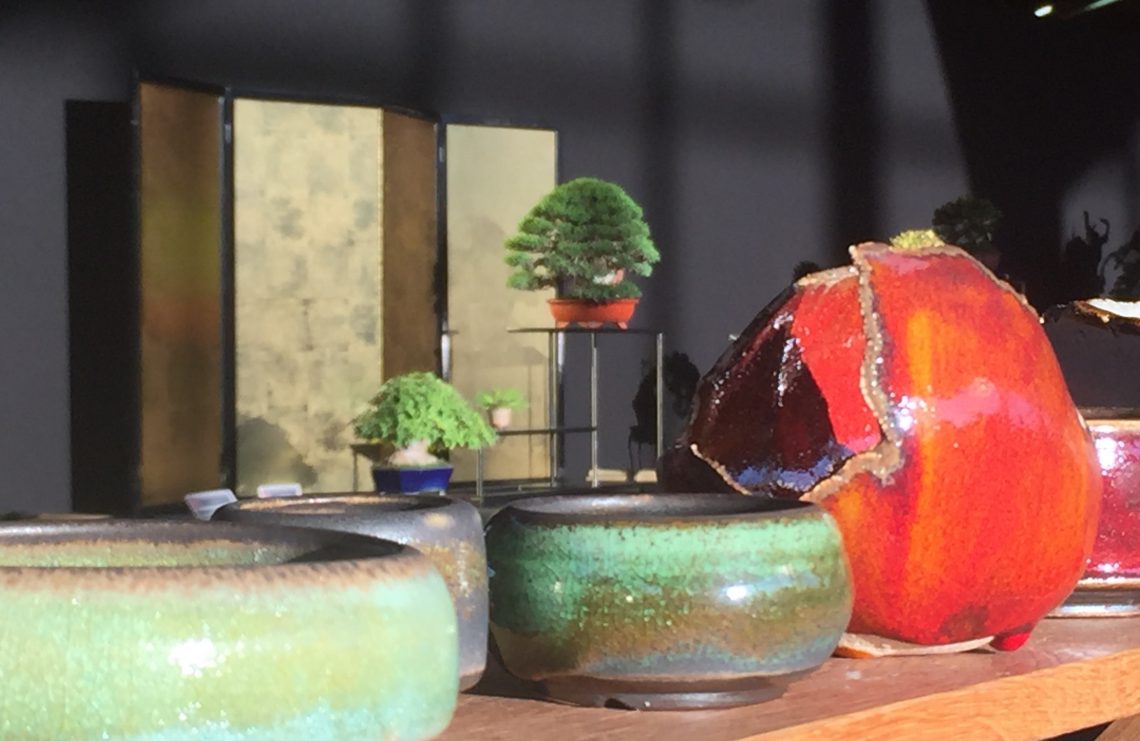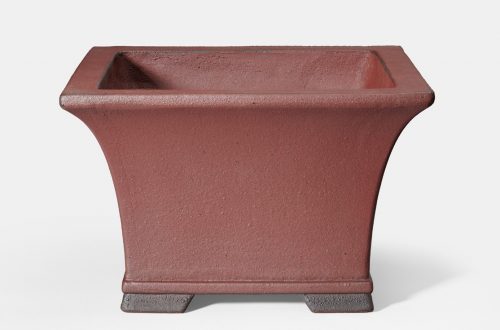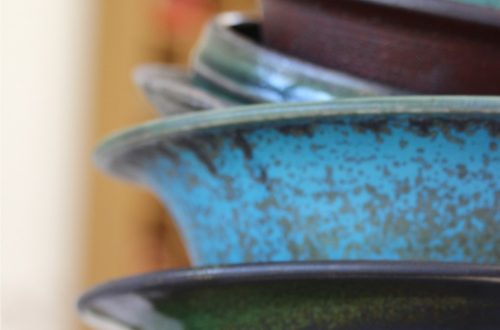
How to choose a bonsai pot
How to choose a bonsai pot ?
The bonsai pot has a very big influence on the appearance of bonsai. The relationship between the bonsai pot and bonsai is like the relationship between a frame and a painting. The right frame emphasizes the painting but does not take the limelight. Likewise, the pot, should remain discreet and should not become the focal point of the presentation. The qualities of the bonsai and the pot must match. for example : for a ficus at 30 euros which has just been bought, a bonsai pot handmade by a master potter that costs 200 euros is clearly unsuitable. We are of course not immune to a crush, but a bonsai pot not suitable in color or size and shape, can make a beautiful bonsai unattractive. Take your time to choose.
First a few questions to ask yourself : why i want to change my pot ?
- For reasons of culture and maintenance :
So that my tree is healthy and branching well. I have trouble with watering the substrate dries out too quickly. The pot is not stable and the tree tips over when it's windy.
- For aesthetic reasons :
I want to present it in an exhibition where I do not like the current pot or the color of the pot does not agree with the color of the foliage or the color of the flowers. Because I want my tree to be well displayed.
If the answer is in the first list then you probably need a bigger pot but not necessarily a nice pot. ; in Japan the competition trees are often in wooden boxes between two exhibitions. A good substrate, a good exposure, appropriate watering, a little fertilizer and regular pruning should help keep your tree in good condition.
On the other hand, if you want to change the pot for aesthetic reasons, some rules can help you.
Rules number 1 it's your tree you choose the pot, if you fancy a Malabar pink pot for your Japanese white pine why not, you might be launching a fad.
The other rules are practices that come to us from Japan and are not always followed to the letter., beware the trees in Japanese exhibitions are often in pots for the duration of the exhibition, just as you can put on a frock coat for a wedding but live in training the rest of the year.
- The hardwoods are in enamelled pots (except the prunus mume and possibly the old olive trees) the color can be complementary to the color of the flowers or the foliage in the fall.
- Conifers are in raw earth pots.
- The width of the pot is 2/3 tree height (This rule is not valid for Literati style trees.).
- The height of the pot is equal to the width of the trunk at the base of the tree (rather higher for pines and rather lower for maple trees and not valid for waterfalls).
- A pot, even for waterfalls, is never higher than wide.
- For mames and shohins we have a great freedom of color the red and yellow pots are often used.
- The style of the pot matches that of the tree.
- Formal upright trees are in rectangular pots, trees whose trunk has a lot of movement are in oval or round pots.
- Massive trees are in deep rectangular pots.
- The forests are in very flat and elongated pots or placed on slate.
- Maples are often in oval and very flat pots.
- Azaleas are often in round or oval pots and quite deep.
Lots of rules, but once again you are free, we are here to advise you and assist you in your choice even if you want to make very original choices. Of course we will dissuade you from making a pot that does not correspond to our taste but sometimes you have to think outside the box !




